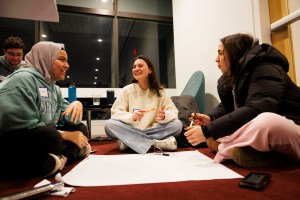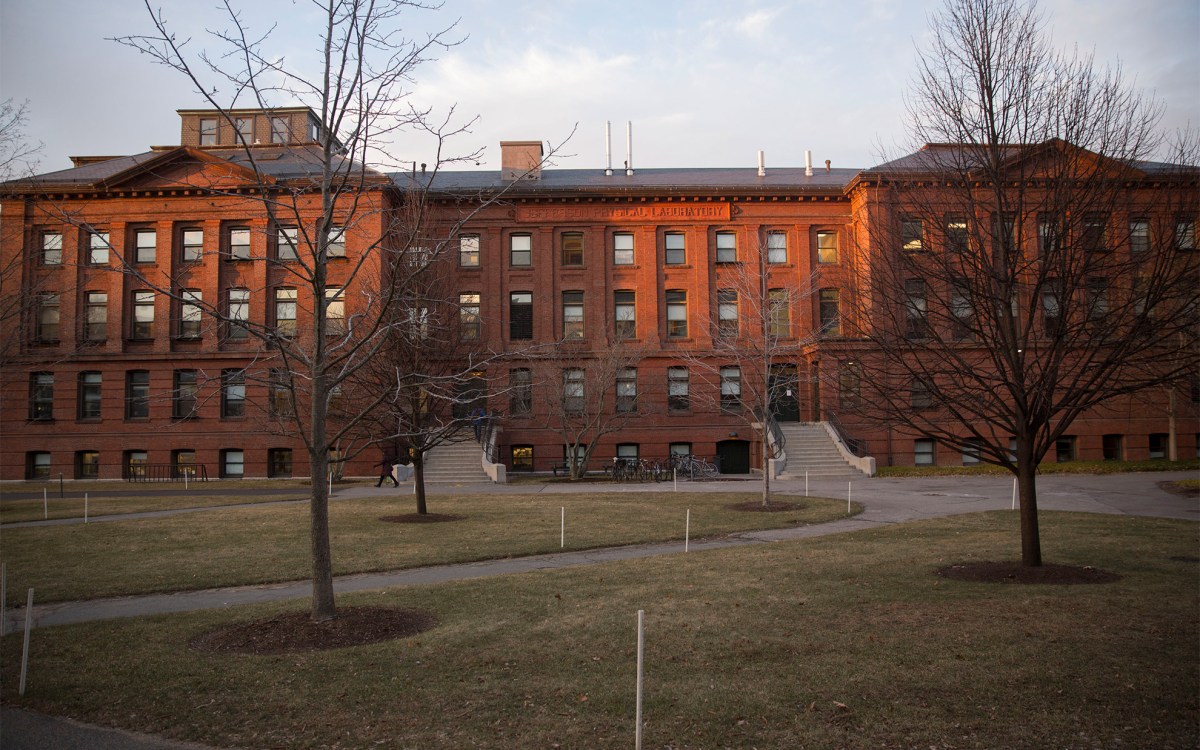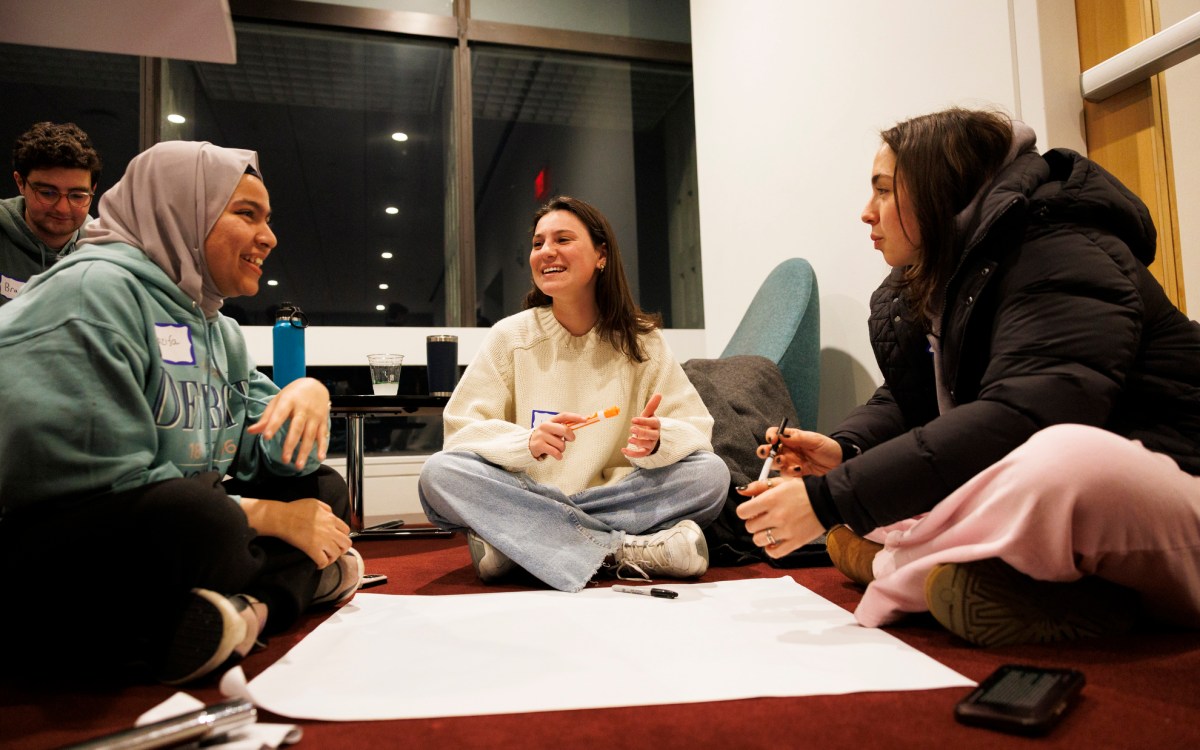An evening of stars, solar flares, and agujeros negros
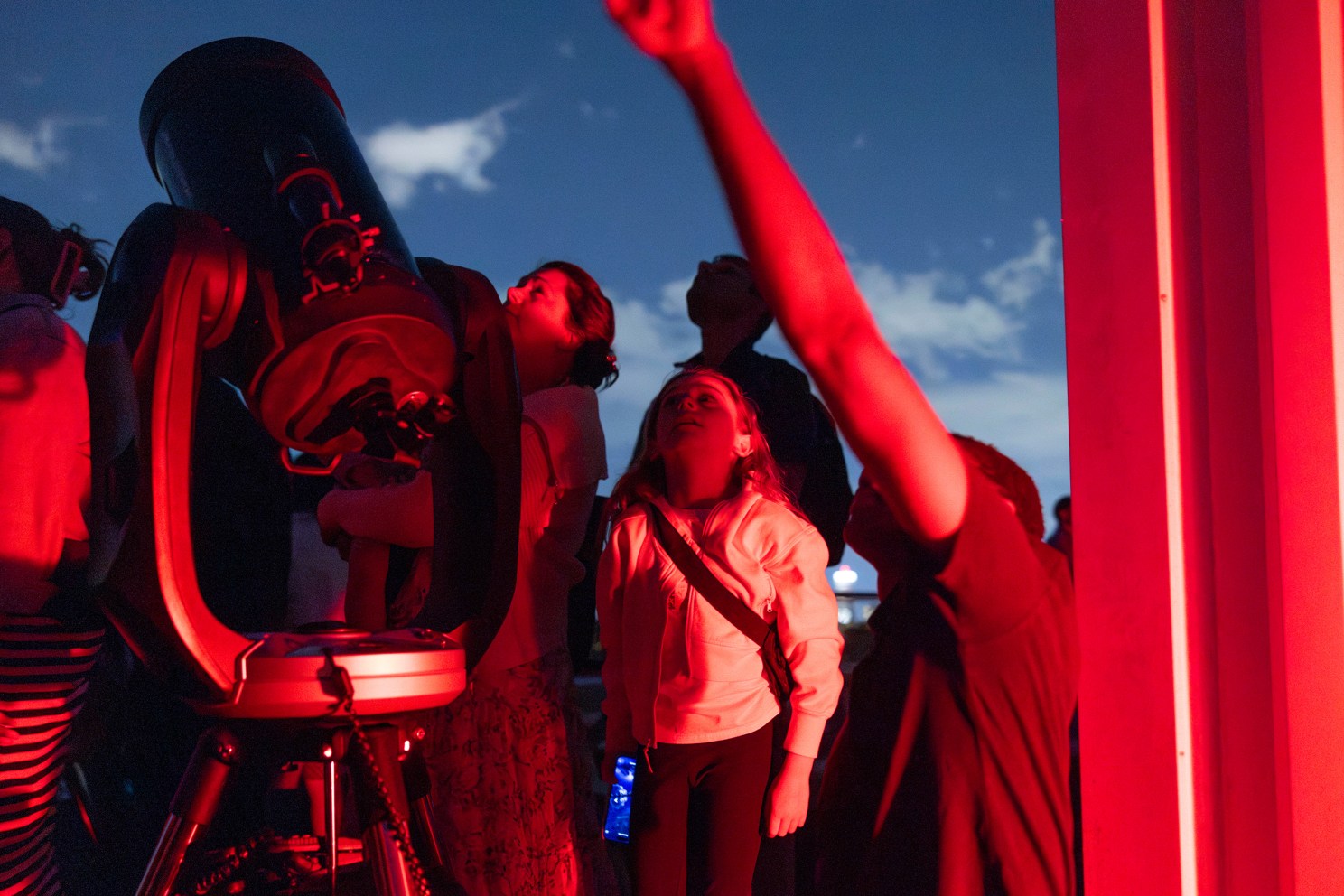
Photos by Scott Eisen
Harvard College Observatory hosts inaugural Spanish-language night
Ten-year-old David Castro really enjoyed it all, but his very favorite part was when Center for Astrophysics researcher Ernesto Camacho Iniguez talked about gravitational waves and agujeros negros — black holes.
“I like space so much, that I decided to come here to learn a lot more about space,” the bespectacled fifth grader said solemnly about Harvard College Observatory’s inaugural Spanish-Speaking Public Observatory Night.
About 50 people of all ages participated in the night of celestial education and group stargazing on June 27 at the observatory, which is part of the Center for Astrophysics | Harvard & Smithsonian.
The observatory has begun offering public observation nights through its array of professional-grade telescopes after a yearslong, pandemic-related hiatus, said Philippe Reekie, communication and outreach specialist at the Center for Astrophysics.
The crowd heard talks by Camacho Iniguez and Tatiana Niembro Hernández, a Center for Astrophysics solar physicist, before heading to the roof after sunset.
Along the way, participants passed the towering Great Refractor, Harvard’s historic 15-inch refracting telescope installed in 1847 that was once the largest in the world. (The telescope still functions, but its dome does not, precluding its use.)
The event was created to serve the large Spanish-speaking community of Cambridge and Boston. While most observation nights are conducted in English, Reekie also aspires to offer future events in other languages besides Spanish. The night was proposed and co-organized by Andrés A. Plazas Malagón, an astrophysicist affiliated with Harvard and Stanford who also served as host and emcee.
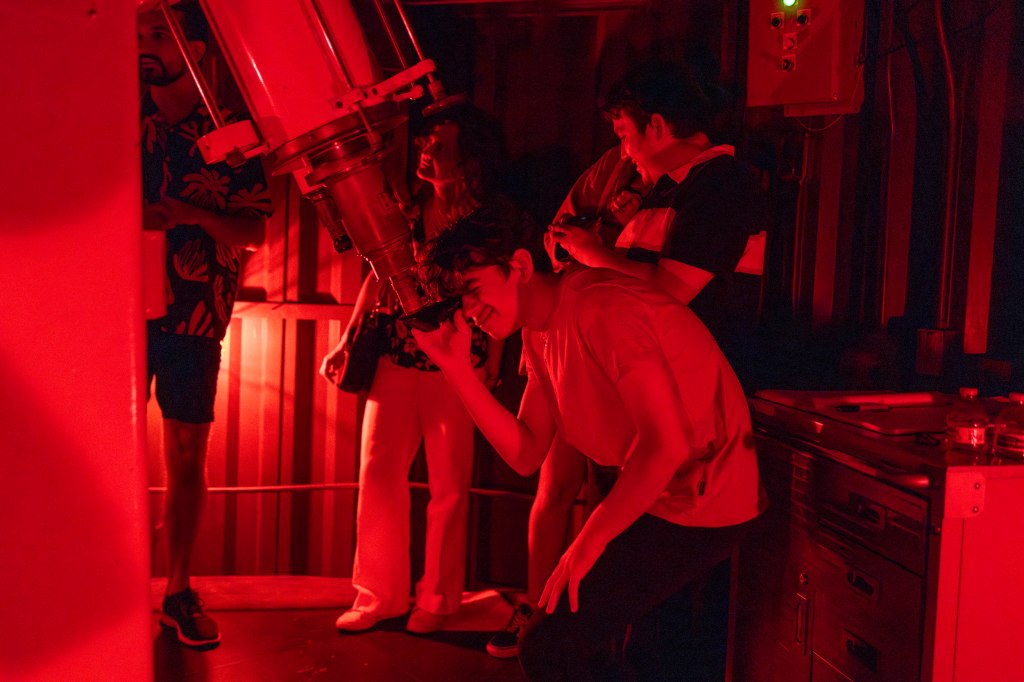
The observatory has “a very rich and proud history of diversity,” Reekie continued. “Part of our mission is public engagement, and to highlight people who are underrepresented, particularly in science.”
Though the weather held up and the night was mostly clear, the sky didn’t quite cooperate; no planets were visible during the gathering. Viewers did get help training telescopes on the Ring Nebula, and stars like Vega and Arcturus. The latter appeared as a bright snowball when viewed through the Clark Telescope, Harvard’s largest fully operating rooftop instrument.
The night kicked off with a talk by Niembro Hernández describing her research in coronal mass ejections — large expulsions of plasma from the sun. In an interview after her talk, Niembro Hernández said she immediately replied “yes” to Reekie’s email seeking Spanish-speaking astronomers for the event.
A graduate of National Autonomous University of Mexico, Niembro Hernández said introducing nonscientists to astrophysics is a way of expressing gratitude for her past opportunities. “I want to share what I’ve learned. I love science a lot. If you have a bad professor, you will hate science. So I just want to give back.”
Niembro Hernández was followed by Camacho Iniguez, who offered a crash course in black hole characteristics and detection, complete with a tabletop demonstration of how the extraordinary mass of a black hole bends the “fabric” of space and time. He shared why his field of study gives him a thrill:
“Para mí, la astronomía es muy importante por algunos hechos — entre ellos, que somos polvo de estrellas. Este hecho me parece fascinante. Porque todos los átomos de nuestro cuerpo … todo fue cocinado en el interior de una estrella hace miles de millónes de años.”
[“To me, astronomy is so important for a number of reasons — among them, that we are stardust. This fact is fascinating to me. All the atoms in our bodies … we were all created in the interior of a star, thousands of millions of years ago.”]
Guatemala native Madelin Nova works at the observatory and encouraged friends to attend. “As someone with no prior knowledge of astrophysics or scientific terms, it was very easy to understand,” Nova said. “The best part was just how interactive it was, and how willing everyone was to ask questions.”
The revival of observatory nights is only the start. Reekie and others are hard at work on plans to increase regional K-12 school visits and to engage with other, local astronomy groups. Other possibilities for outreach include bringing telescopes into rural schools.
For HCO executive director Purvang Patel, it’s all good. He said creating a welcoming environment for scientists and casual enthusiasts alike is a key goal.
“We are not only preserving the legacy of the [observatory], but also ensuring its relevance and accessibility for future generations,” Patel said.


